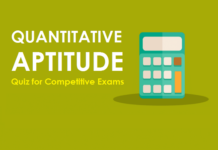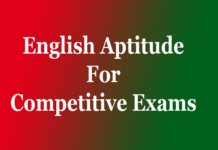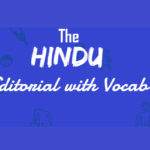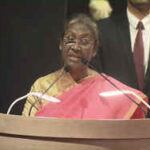Ancient Indian History Multiple Choice Questions
1.To perform which among the following functions, Rajukas were appointed by Asoka?
[A] Revenue Functions [B] Judicial Functions [C] Religious Functions [D] Military Functions
Correct Answer: B [Judicial Functions]
2.Which among the following scripts of modern India have descended from the Sarda Script?
- Gurmukhi 2. Dogri 3. Sindhi Choose the correct option from the codes given below:
[A] Only 1 [B] Only 1 & 2 [C] Only 2 & 3 [D] 1, 2 & 3
Correct Answer: D [1, 2 & 3]
3.The “Siddhimatrika” script was one of the forms of writing Sanskrit in ancient India. This script, which made Sanskrit works known in China and Japan was developed during the times of ___:
[A] Kanishka [B] Harsha [C] Meander [D] Chandragupta Vikramaditya
Correct Answer: B [Harsha]
4.The ‘Saptanga Theory of State’ (Theory of Seven Limbs of the State) was propounded by :
[A] Kautilya in Arthashastra [B] Manu in Manusmriti [C] Kalhana in Rajatarangini [D] Banabhatta in Harshacharita
Correct Answer: A [Kautilya in Arthashastra]
5.The doctrine of ‘Vyuhavada’ is associated with which among the following Sects (or) cults of India?
[A] Shaivism [B] Vaishnavism [C] Buddhism [D] Jainism
Correct Answer: B [Vaishnavism]
6.The evidences of ‘pit-dwelling’ have been discovered from which of the following ancient Indian sites?
[A] Lothal and Kalibangan [B] Burzahom and Gufkaral [C] Ropar and Rangpur [D] Kalibangan and Surkotada
Correct Answer: B [Burzahom and Gufkaral]
7.The first astronomical observatory of Harappan Civilization has been found at which among the following ancient Indian sites?
[A] Chanhudaro [B] Ropar [C] Daimabad [D] Dholavira
Correct Answer: D [Dholavira]
8.Who were Manu, Yajnavalkya , Narada and Brihaspati ?
[A] Law givers of ancient India [B] Gods of Vedic religion [C] Buddhist scholars and logicians [D] Celebrated mathematicians and astronomers of ancient India
Correct Answer: A [Law givers of ancient India]
9.Select the statement which is NOT correct regarding Kalidasa:
[A] Kalidasa was a renowned Sanskrit poet and dramatist of Gupta period. [B] He was one of the nine gems in the court of Chandragupta I. [C] Kumarasambhavam and Ritusamhara are his two epic works. [D] His plays and poetry are primarily based on Hindu Puranas and philosophy
Correct Answer: B [He was one of the nine gems in the court of Chandragupta I.]
10.Which among the following Vedic Texts gives a systematic exposition of the ‘theory of rebirth’ for the first time?
[A] Chhandogya Upanishad [B] Mundaka Upanishad [C] Satapatha Brahmana [D] Brihadaranyaka Upanishad
Correct Answer: A [Chhandogya Upanishad]
















